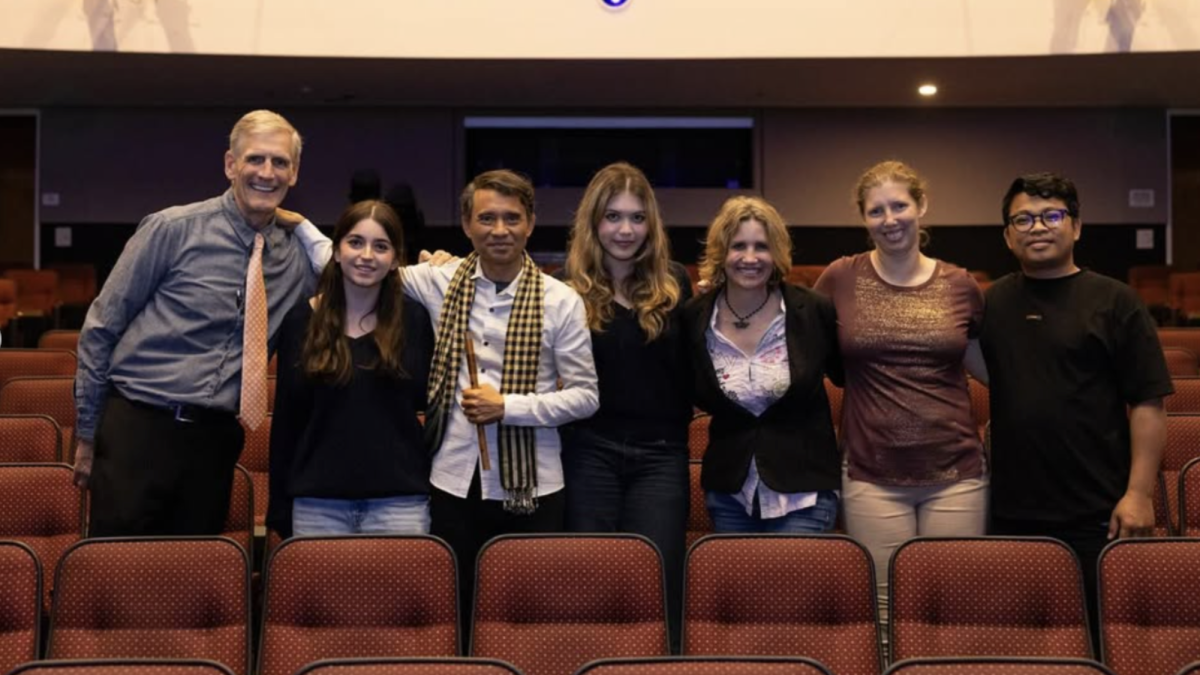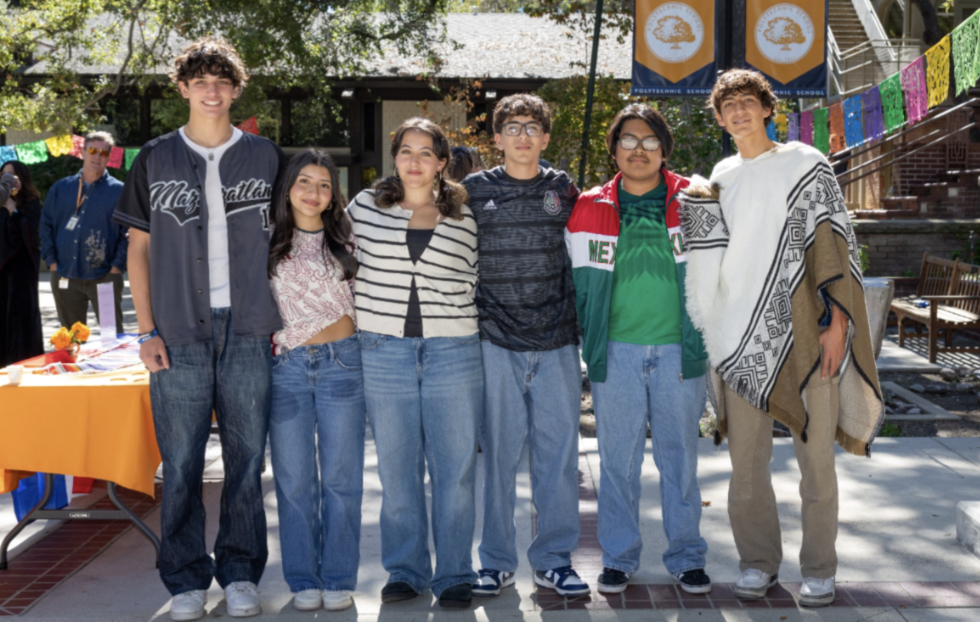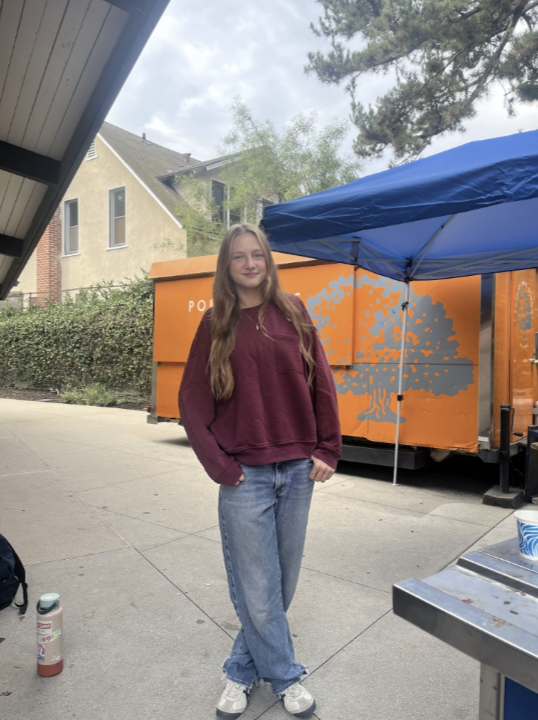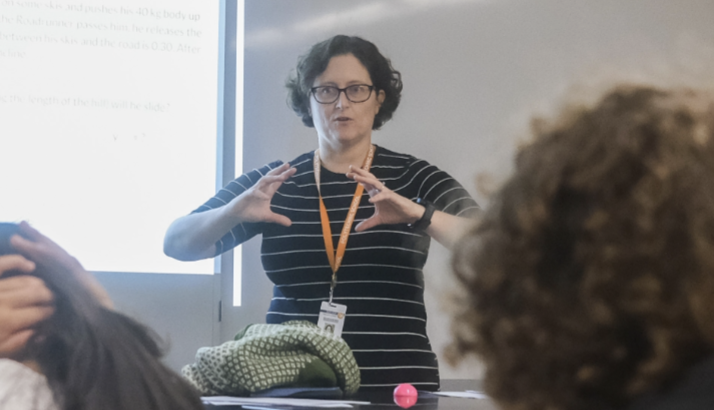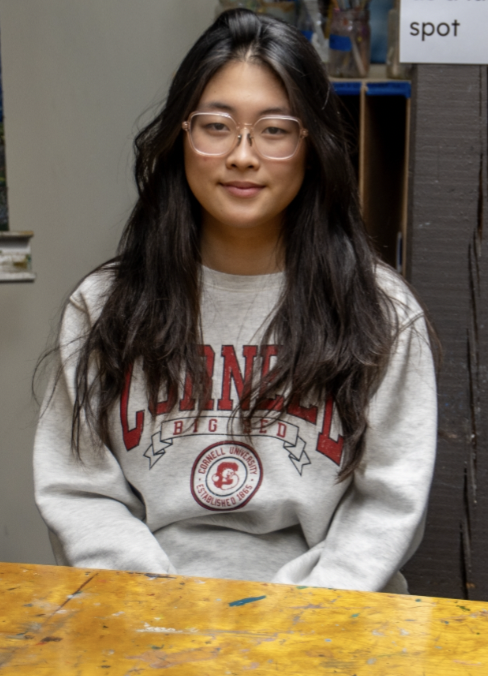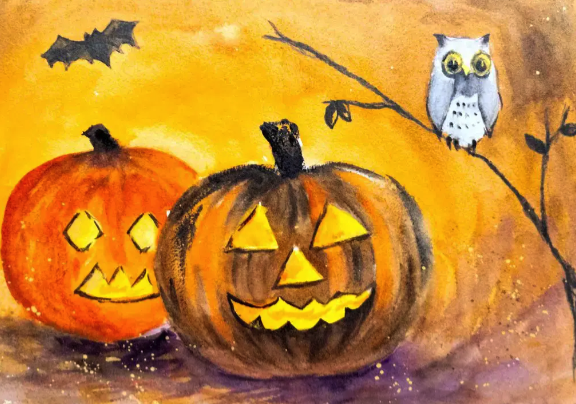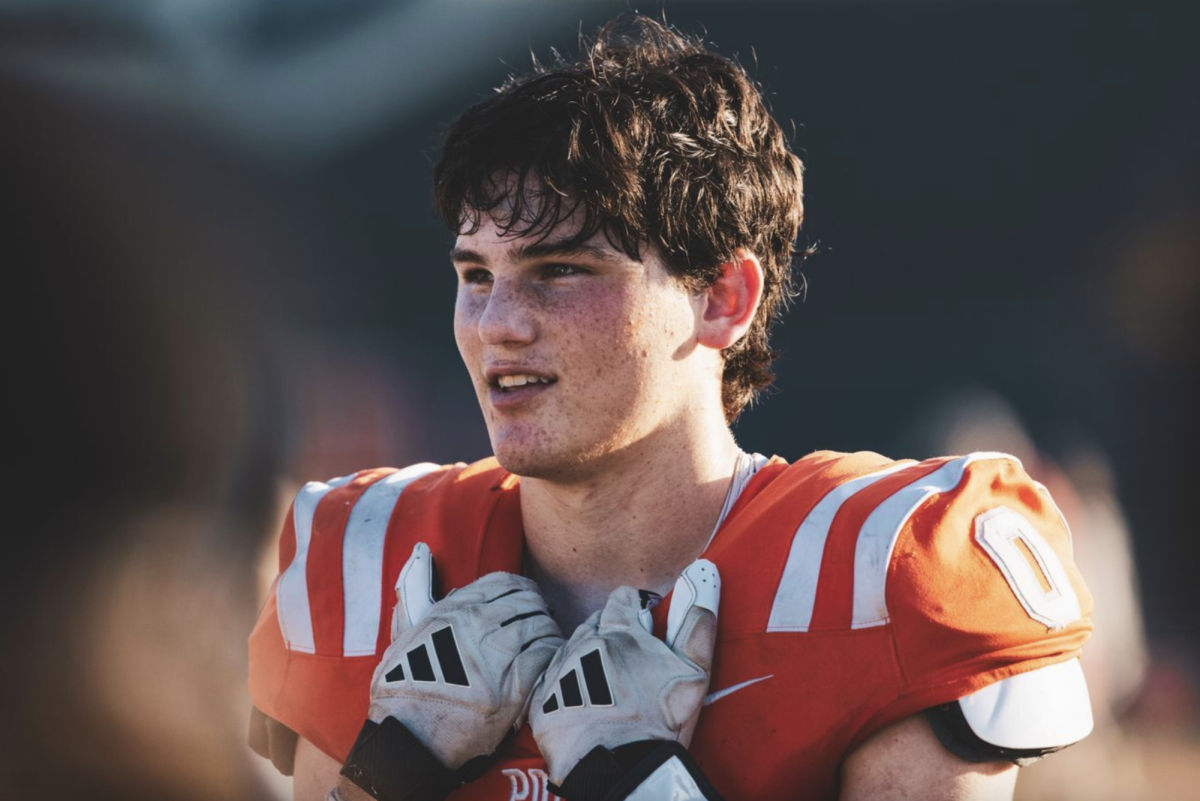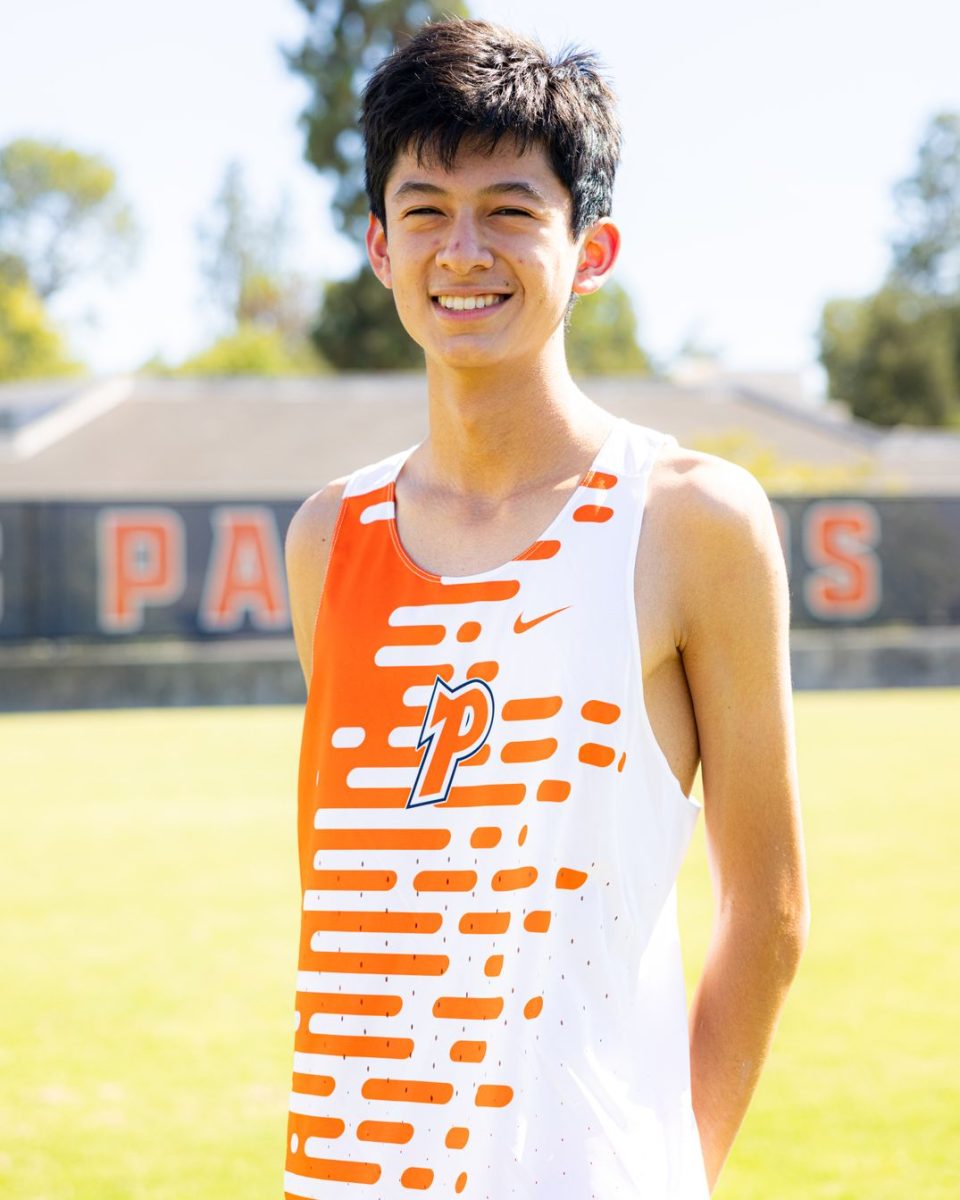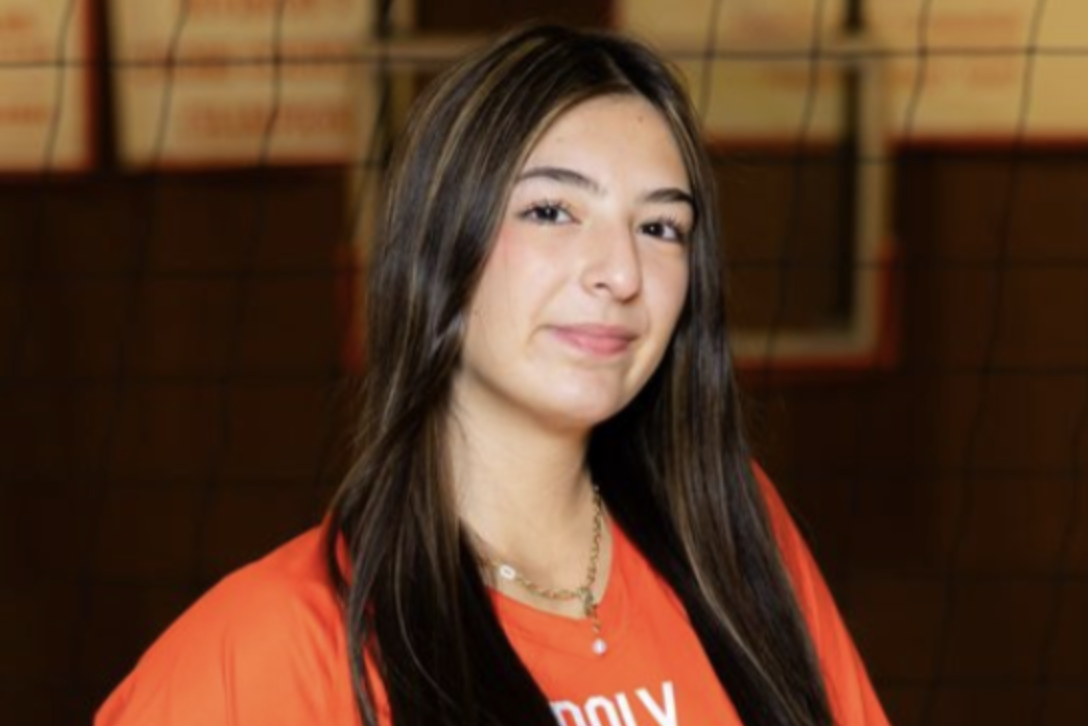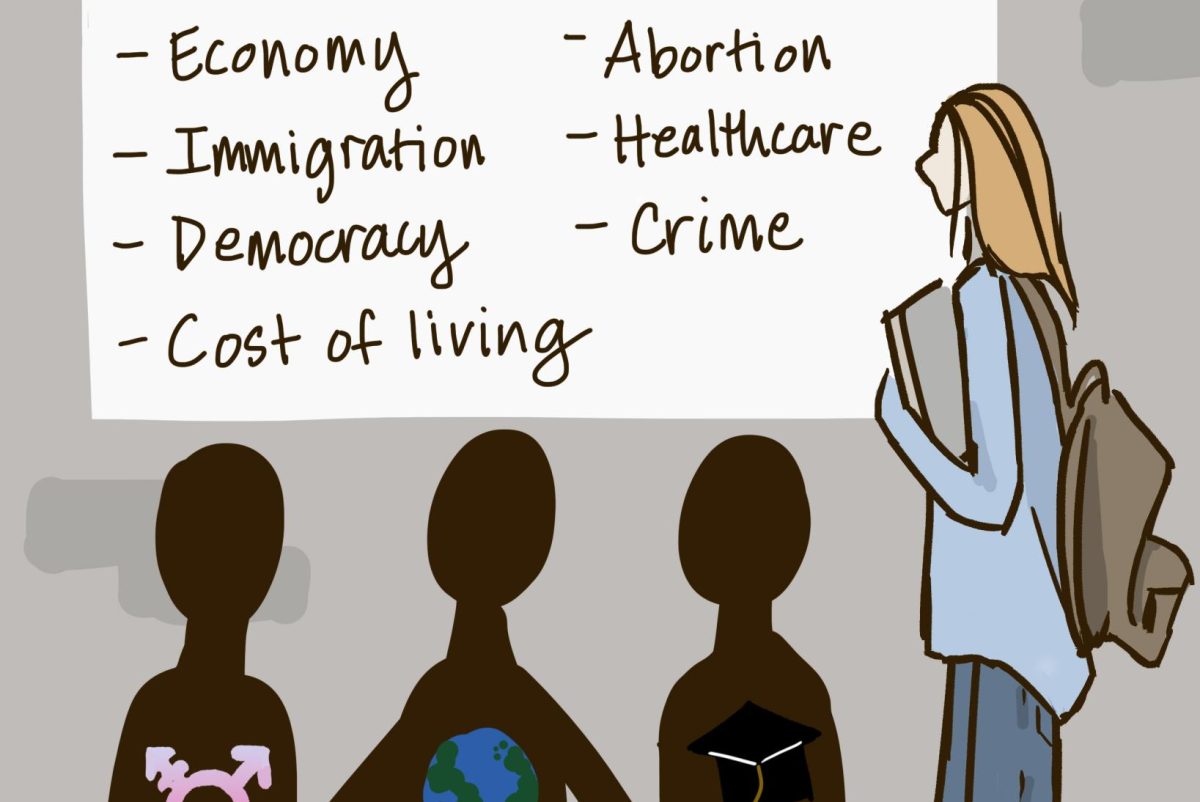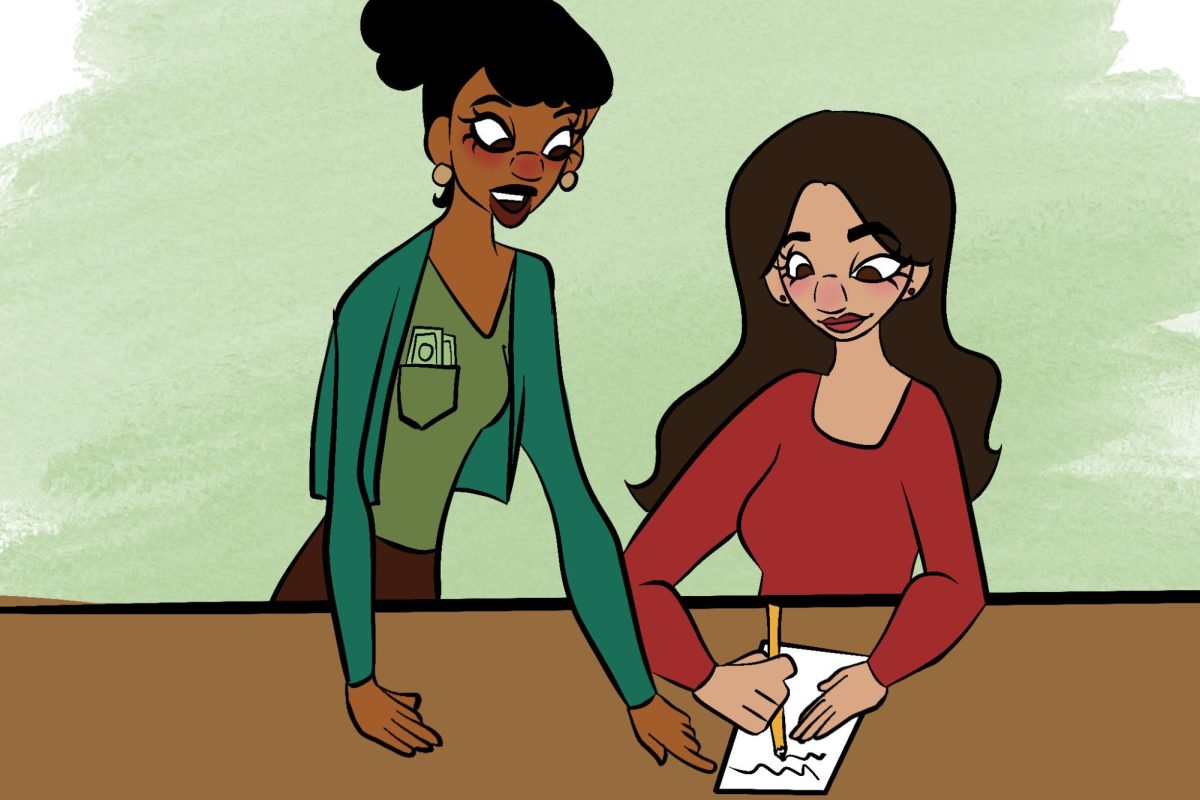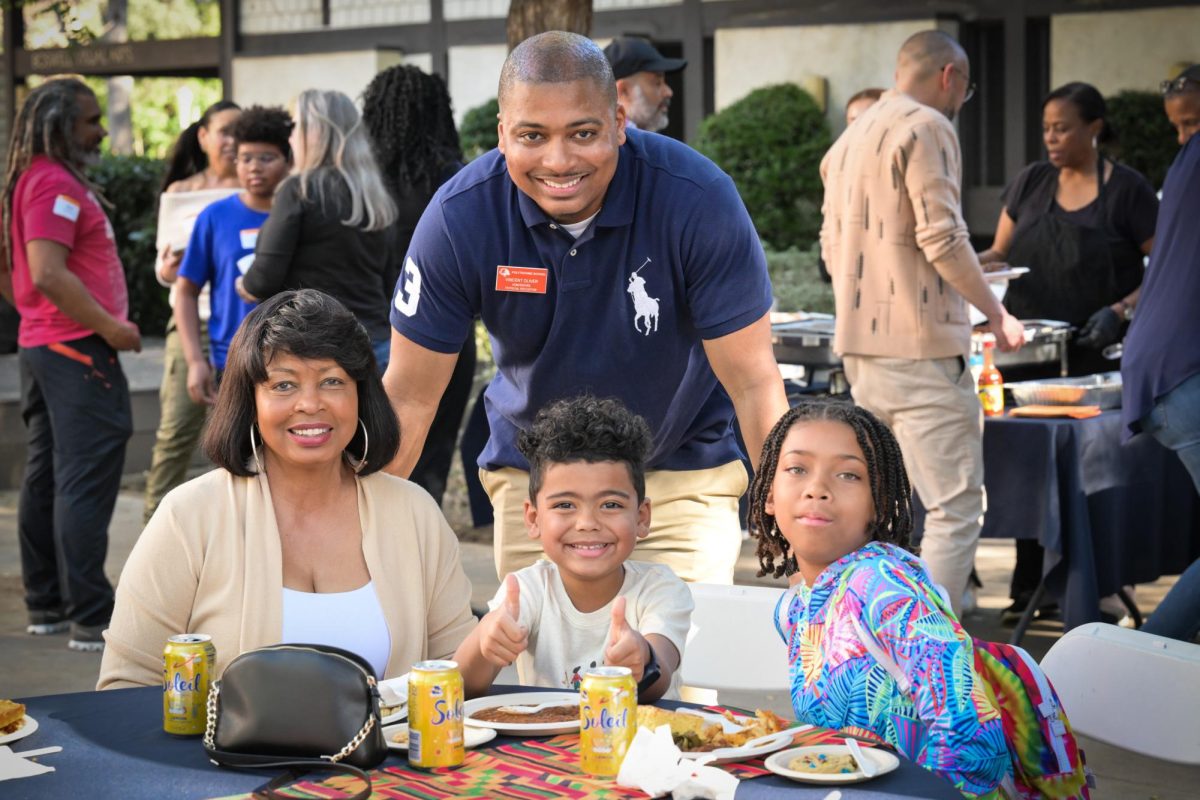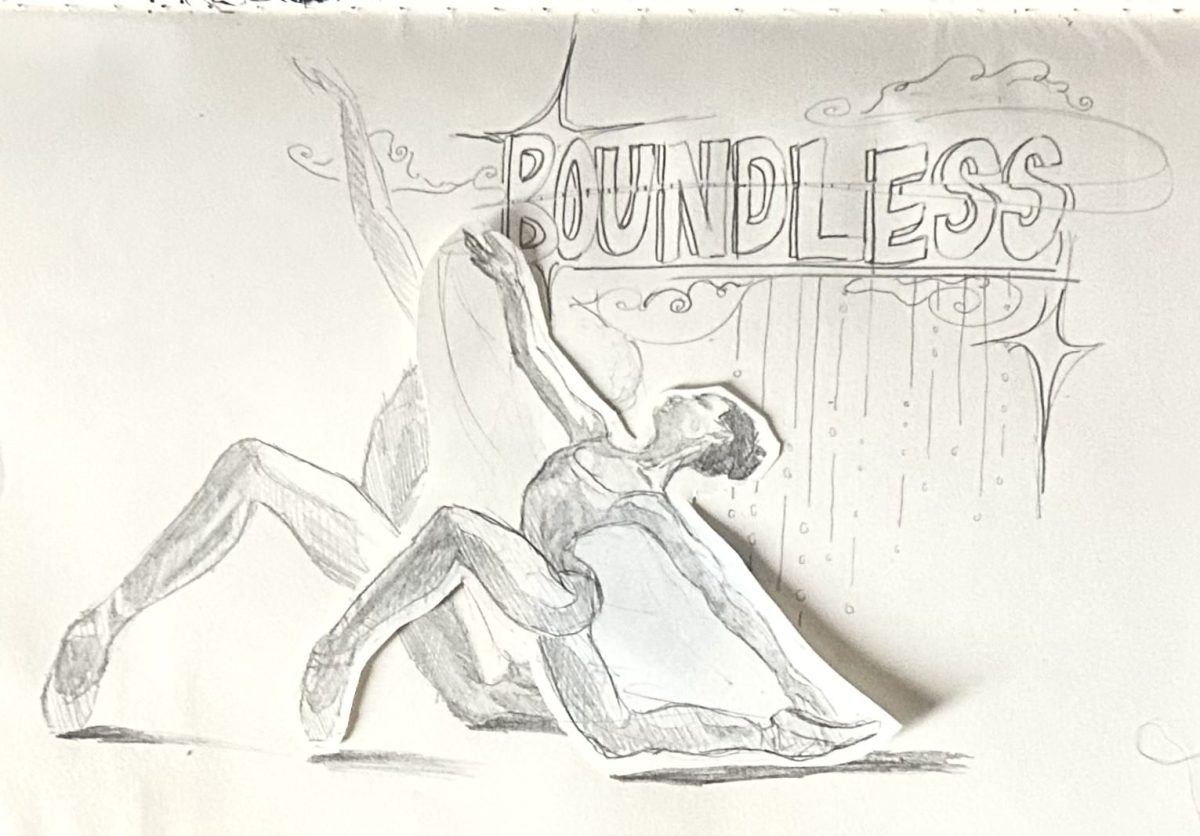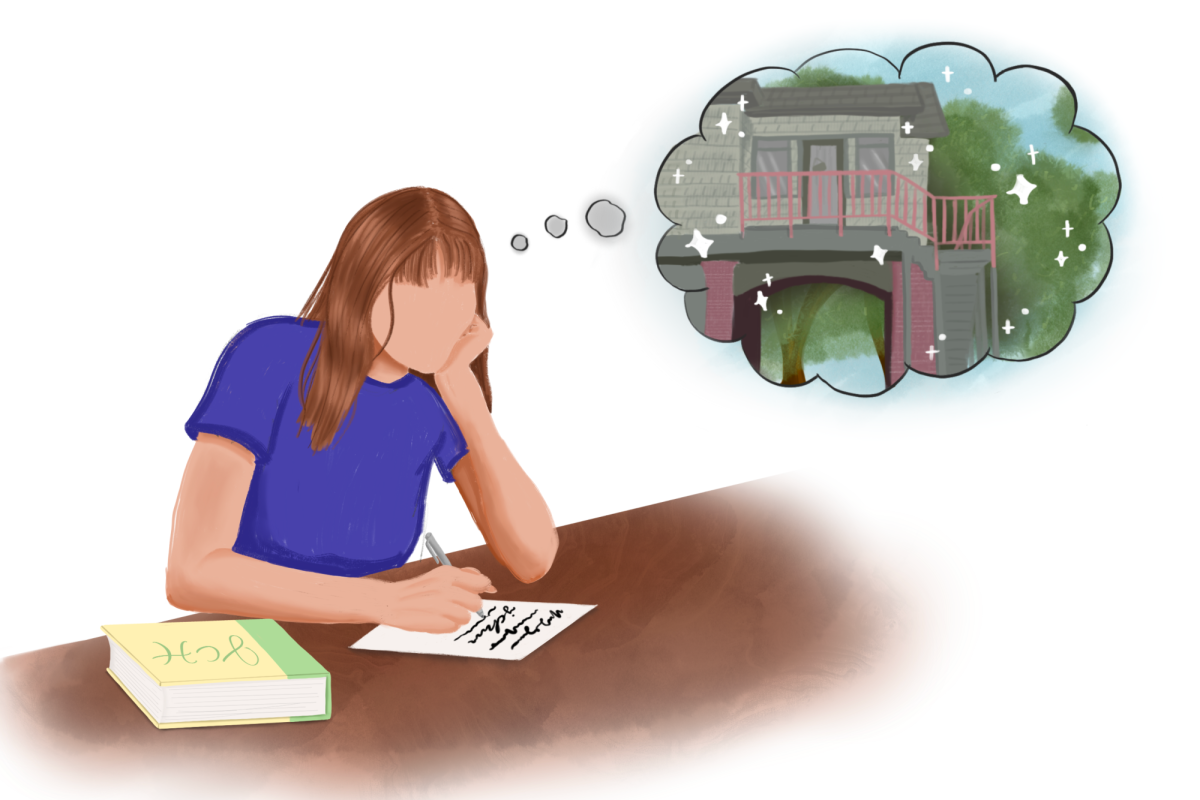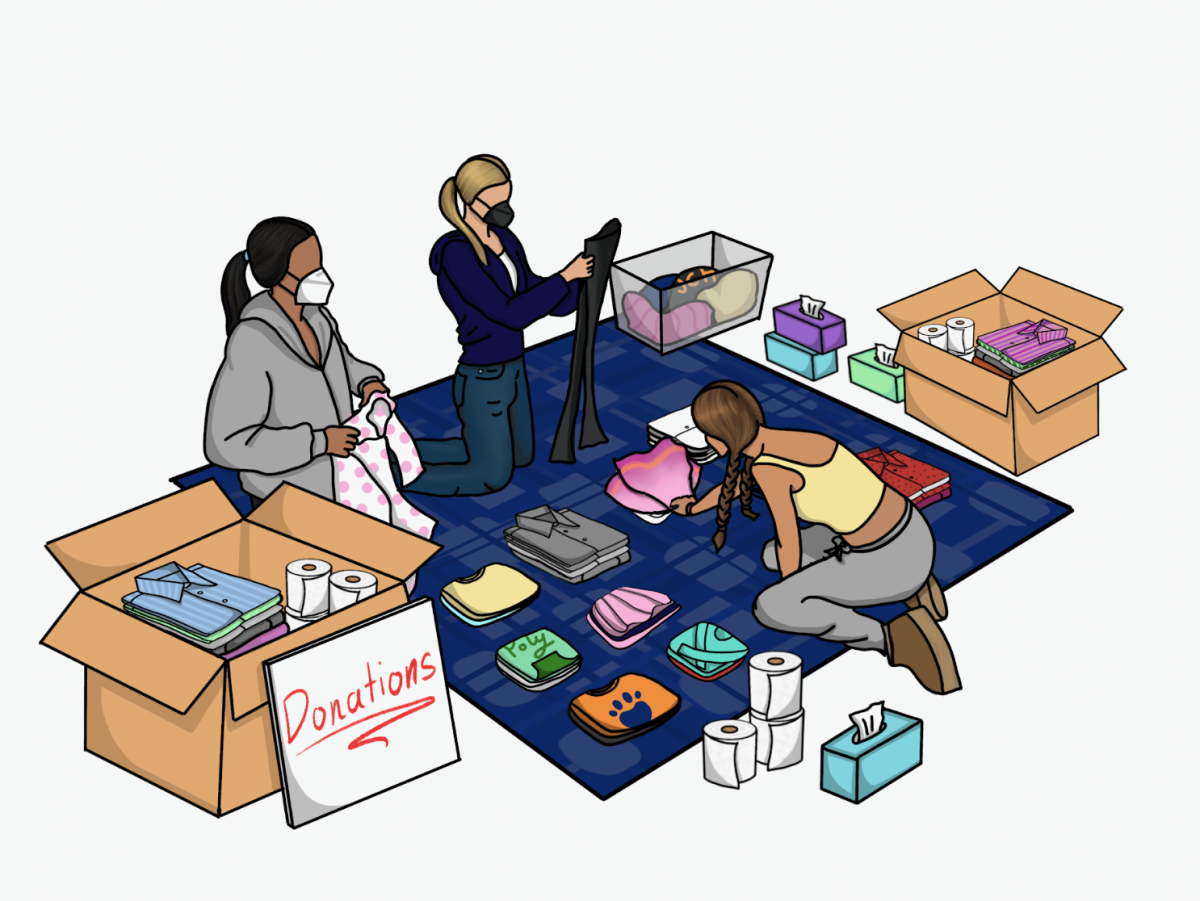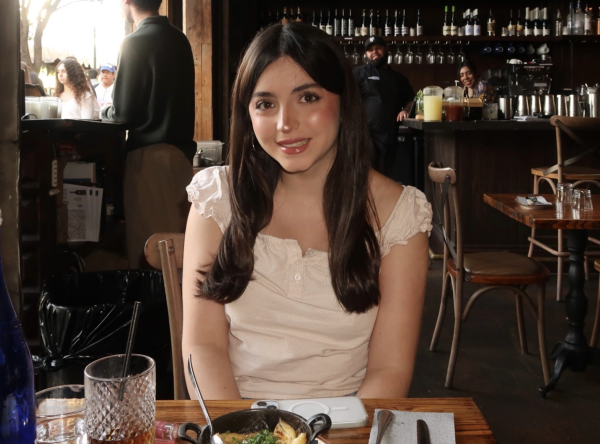Bodies fill the Poly gym for the first time in three days––conversation, laughs and “how have you been?” jumbling in the air. Around the gym’s perimeter, white fold-out tables overflow with toiletries, clothes and necessities for families to pick up. Students hug their friends and greet people they haven’t spoken to in years, underclassmen and upperclassmen coming together to help those affected by the tragedy that infiltrated our community and so many others. Though sadness lingers between sighs, a sense of connectedness defines the room, the same affinity for our peers that prompted us to strap masks across our faces and sort through boxes of donations from 9:00 AM to 4:00 PM.
In every crisis, how well an individual recovers often reflects the strength of their community. When institutional responses are slow or insufficient, the emotional bonds between individuals provide crucial support, helping individuals and societies navigate challenges and rebuild. Crisis often leaves individuals feeling adrift and disconnected, as though no one can truly understand their pain. Yet, when others reach out, whether through conversation, sharing a meal or simply sitting in silence together, recovery feels easier. These small acts of care remind those affected they are not invisible and that their grief is shared and recognized in tangible ways. While this doesn’t make grief disappear, connection reminds us that healing and hope are possible when we support one another.
In 2020, the world faced not only the threat of the COVID-19 virus but also the deep struggles of isolation and loneliness. As loved ones lived and grieved apart, the loss felt heavier; families and friends couldn’t come together to support each other, and the comforting routines that once brought joy were suddenly interrupted. For many frontline workers, the exhaustion and trauma they experienced while serving on the front lines was compounded by returning to empty homes, where there was no one to share their burdens.
As a result, we turned to online platforms like Zoom, FaceTime and Facebook to maintain a sense of connection. Virtual grief groups enabled those mourning the loss of loved ones to tell their stories and connect through shared experiences. Additionally, healthcare workers founded forums to privately discuss the mental toll of fighting the pandemic on the front lines, where they could exchange messages of encouragement, coping strategies and humor amid loss.
Likewise, after the devastating wildfires swept through California, the loss of places of worship added another layer of heartache for the displaced communities. In Altadena, California, for instance, the Eaton Fire reduced the Masjid Al-Taqwa mosque to rubble. A spiritual center of the neighborhood, its destruction felt like the destruction of a shared identity. However, in the face of this devastation, the community came together. Members quickly organized fundraising efforts, surpassing $100,000 within days to begin rebuilding their beloved mosque. Beyond that, neighboring mosques opened their doors, offering temporary spaces for prayer and ensuring the continuity of worship.
Even though the mosque’s walls vanished, the community’s faith and spirit remained untouched, reminding us that lightness comes from connecting with others, not buildings themselves.
There is something unique about large-scale disasters that inspires us to reach out. For instance, many of us turned to Instagram as old fires worsened and new ones ignited across the city. Scrolling through the app, one would come across a handful of stories expressing the same sentiment: “Whoever you are, whether or not we are friends, I’m here if you need anything.” As we grapple with immense tragedy, all sense of rivalry and resentment fades into the periphery. We no longer label each other as friends or strangers or enemies but rather as people, people with families just like us, who have emotions just as we do––who would be just as heartbroken in the face of loss as we would.
In moments of devastation, the differences that divide us—status, background, personal conflicts—fade into irrelevance. What emerges is a simple truth: we are all vulnerable, and we all need one another. Offering support becomes a natural response, whether it’s through springing to action or simply listening. Tragedy forces us to confront our shared humanity, stripping away distractions and reminding us of what truly matters. It is in these moments that we see how deeply interconnected we are, and it is through these connections that communities begin to heal.
Across Pasadena and Altadena, this instinctive response turned into organized efforts to help those affected by the wildfires. Donation drives and fundraisers became the backbone of recovery, providing essential resources to families who had lost everything and serving as a visible reminder of the community’s solidarity. People shared GoFundMes of teachers and friends, classmates and strangers.
At Poly, the gym became a central hub for relief. Our parent-organized donation drive drew students from every grade to campus in the wake of the fires. Volunteers shared photos of needed items across social media, texting their friends to join the effort. Upper School Community Engagement Director Renée Larios reflected on the effort: “It was amazing, just the outpouring of giving.” She noted, “I saw people really coming together and holding each other…It’s not pity, it’s saying, ‘I’m with you. I want to hold onto some of this grief with you.’”
In Altadena, a local eighth grader founded Altadena Girls––a fire-relief organization dedicated to restoring normalcy to teenage girls who lost their homes. The group mobilized quickly, assembling care packages of makeup, clothes, feminine hygiene products and more.
The challenge, however, is maintaining this empathy once the shock subsides and life sputters back to “normal.” Instagram re-posts expire, never to be seen again, and news platforms search for new headlines. Events that were all-consuming at their peak become anecdotal. Therefore, if we hope to address more than the most immediate needs, we must remind ourselves that collective action must exist beyond the present moment. Larios echoed this idea: “Initially, there’s this illusion that if we all work so, so hard, we can fix this problem fast and make this pain go away. There’s this phase of everyone leaping into action, which is so important….We need each other in the long-term.”
The #MeToo movement, which brought to light the injustice of sexual harassment and assault, reflects the importance of longevity. While it began in 2006, when sexual assault survivor Tarana Burke first used the #MeToo hashtag, the movement’s relevance extends into today’s society. The widespread revelations of workplace harassment prompted many industries to reevaluate their practices and implement policies aimed at creating safer environments, such as mandating harassment training, revising reporting systems and increasing accountability for leadership. #MeToo is just one example; communities have continuously shown that long-term healing is rooted in collaboration and shared purpose, especially through advocating for cultural and systemic reform.
This isn’t easy. Life is busy, and empathy and action require effort. But if we’ve learned anything from the times we’ve come together in the face of adversity, it’s that the effort is always worth it. Holding onto that sense of shared humanity, even when the world feels stable, is crucial not only for enacting change but also for being better people and community members.
With the initial emotions surrounding the Los Angeles fires lessening in intensity as we return to our schoolwork and social lives, the need for community is nevertheless urgent. Families that have experienced such devastating losses now face the reality of finding stable housing and replacing the items that meant so much to them. While the immediate relief efforts served as a lifeline, the journey toward recovery is just beginning. These families are not only in need of temporary shelter; they are looking for permanent homes where they can rebuild their lives and rediscover a sense of normalcy.
If you have the means, consider lending your time, resources or donations to local organizations and charities dedicated to helping those affected by the fires; hold onto the empathy that filled our hearts in the past week. As members of the Poly community, we can help families rebuild, proving hope always exists, even in the darkest times.



